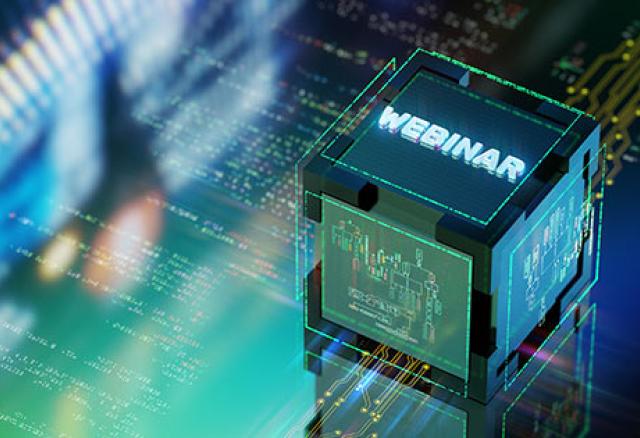SPS Webinars
SA-TWG Webinar: New Frontiers in One-Bit Signal Processing: From Sample Abundance to Efficient Intelligence at Scale
SPS JSTSP Webinar: Overview of Special Issue on Neural Speech and Audio Coding
SA-TWG Webinar: Channel Estimation for Beyond Diagonal RIS via Tensor Decomposition
Date: 02-December-2025
Time: 9:00 AM ET (New York Time)
Presenter: Dr. André L. F. de Almeida
About this topic:
SPS JSTSP Webinar: Distributed Signal Processing for Extremely Large-Scale Antenna Array Systems
Date: 30-July-2025
Time: 08:00 AM ET (New York Time)
Presenter(s): Dr. Tsung-Hui Chang & Dr. Yanqing Xu
ISAC-TWG Webinar: Integrated Sensing and Communications: Network-Level Design, Analysis, and Optimization
Date: 22 July 2025
Time: 9:00 AM ET
Duration: Approximately 60 minutes
Presenter: Dr. Kaitao Meng
SPS BISP TC Webinar: 14 February 2023, presented by Dr. Anubha Gupta
Radial sampling pattern is an important signal acquisition strategy in magnetic resonance imaging (MRI) owing to better immunity to motion-induced…
Read moreSPS Webinar: 15 February 2023, presented by Mr. Wei Liu, Dr. Li Chen and Dr. Wenyi Zhang
Decentralized stochastic gradient descent (SGD) is a driving engine for decentralized federated learning (DFL). The performance of decentralized SGD…
Read more





